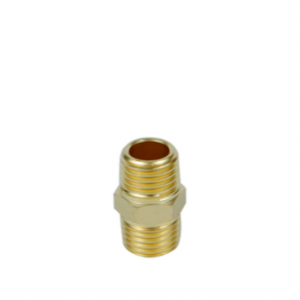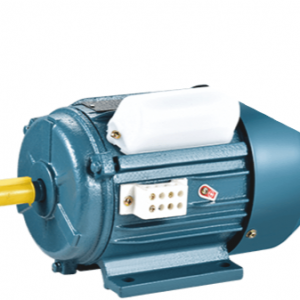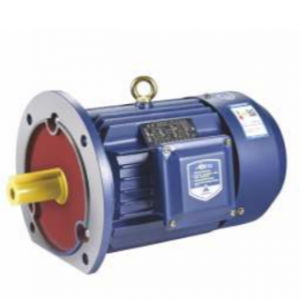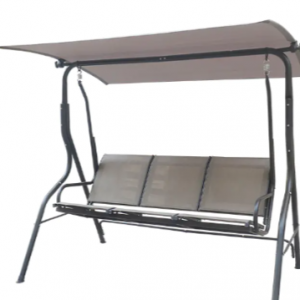Wood-burning stoves and fireplaces are a great way to heat your home. However, they require a steady supply of firewood, which can be a challenge to acquire if you live in a wooded area or have a large property with lots of trees. That's where a kinetic log splitter comes in. This powerful and fast machine can help you split logs into manageable pieces with minimal effort.
Unlike traditional log splitters, which rely on hydraulic force to split logs, kinetic log splitters use kinetic energy to split the wood. The machine has a flywheel that spins rapidly, which creates kinetic energy. When the operator activates the machine, the flywheel stores energy and then releases it into the ram, which forces the log against the splitting wedge, causing it to split.
There are many reasons to choose a kinetic log splitter over a traditional hydraulic model:
- Speed: Kinetic log splitters are faster than hydraulic models. The flywheel on a kinetic log splitter can spin at over 4,000 revolutions per minute, which means the machine can split logs in a matter of seconds.
- Power: Kinetic log splitters are more powerful than traditional hydraulic models. The flywheel on a kinetic log splitter can deliver up to 60 tons of force, which means it can split even the toughest and most stubborn logs.
- Efficiency: Kinetic log splitters are more efficient than hydraulic models. Because they are faster and more powerful, they can process more logs in less time, which means you can split firewood faster and with less effort.
- Better for the environment: Kinetic log splitters are also better for the environment. Traditional hydraulic models rely on hydraulic fluid, which can leak and cause environmental damage. Kinetic log splitters rely on kinetic energy, which is a clean and renewable source of power.
- Less maintenance: Kinetic log splitters require less maintenance than hydraulic models. They have fewer parts that can wear out or break, which means they require less maintenance and are more reliable.






